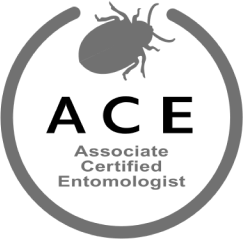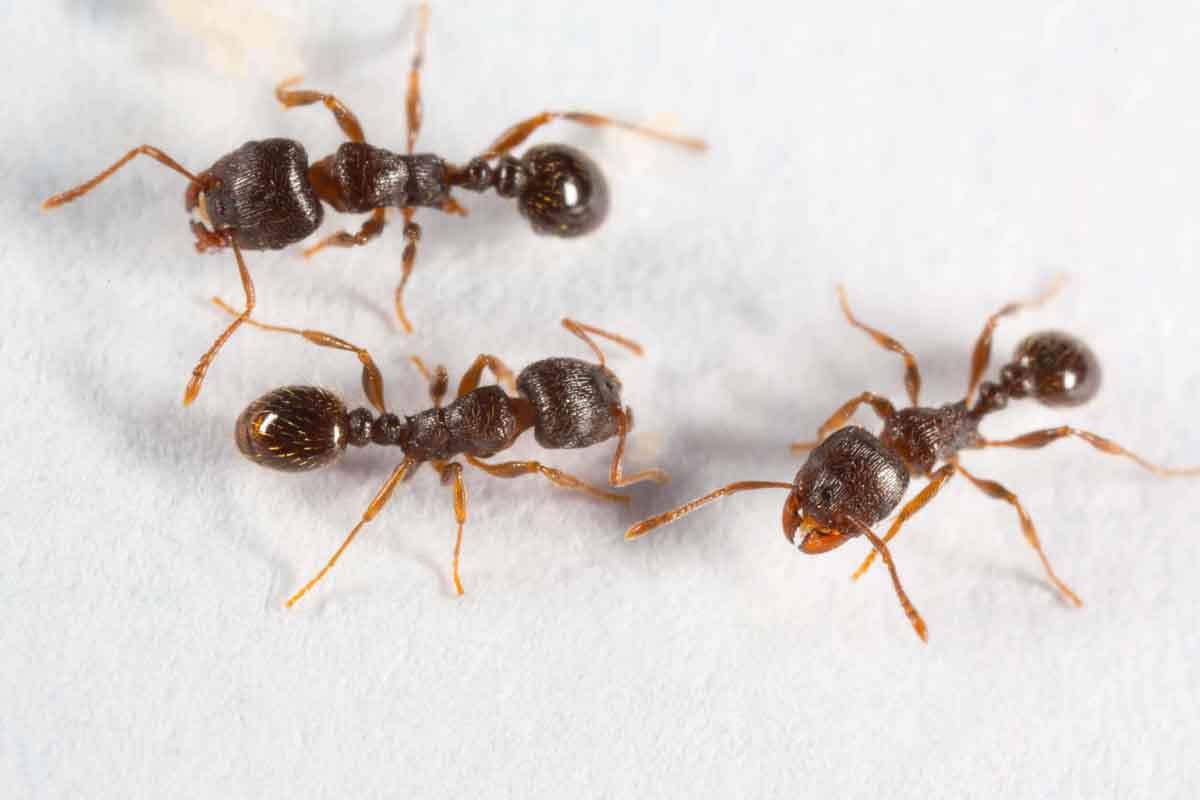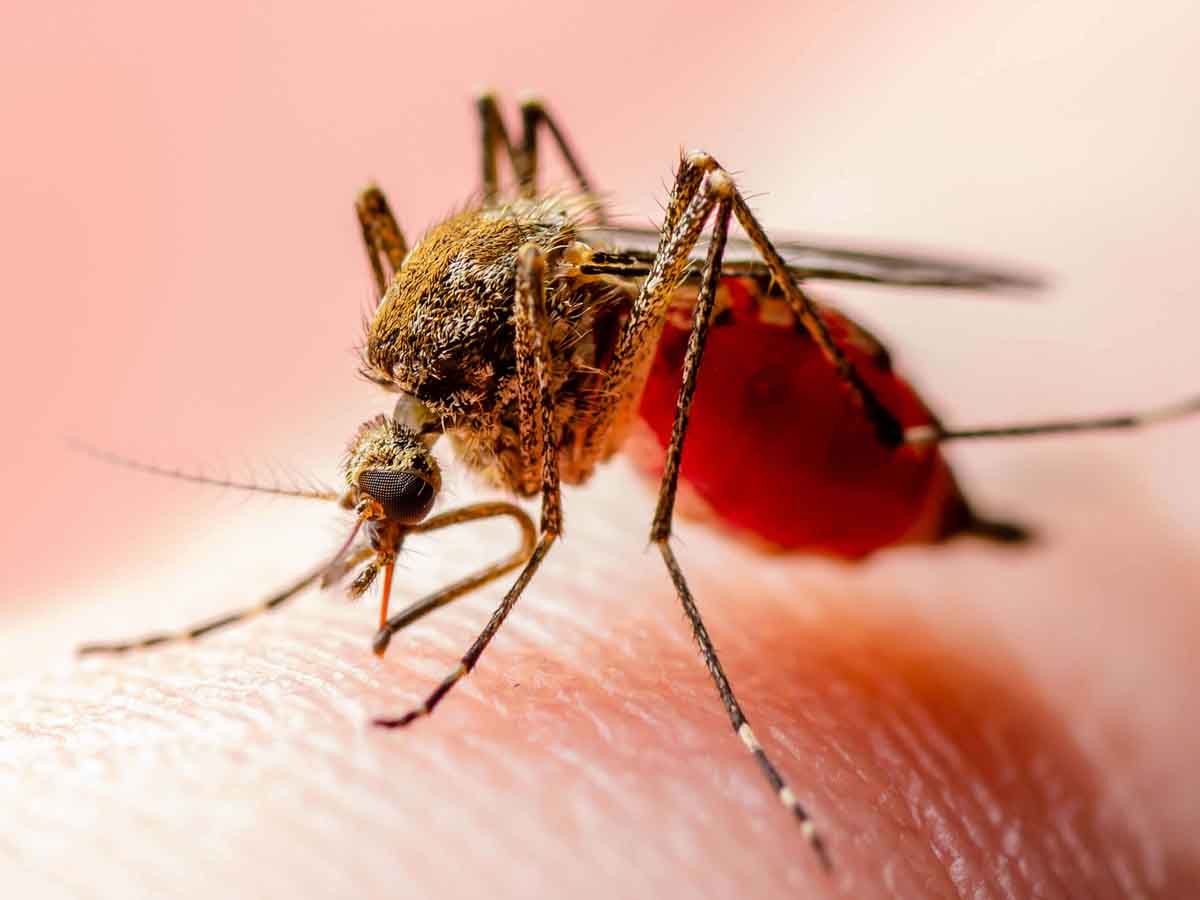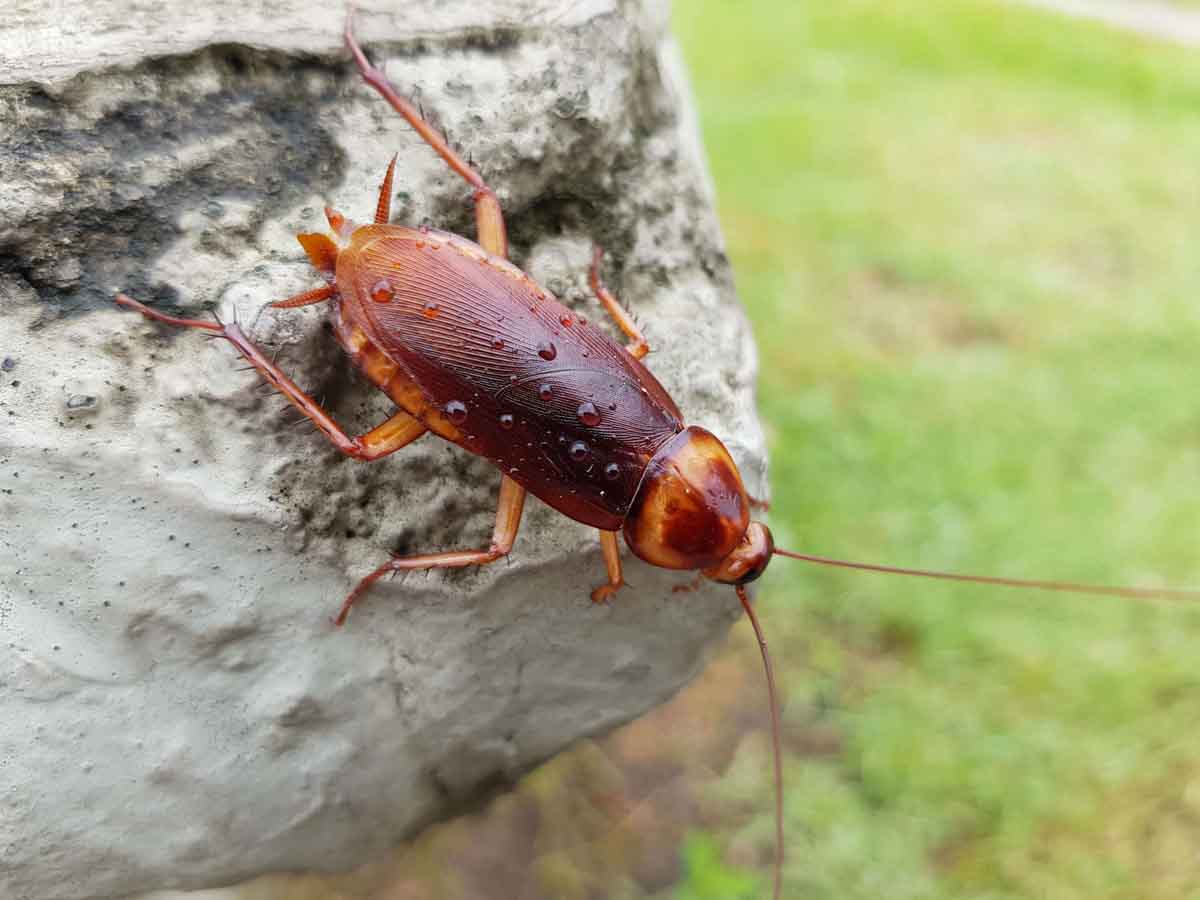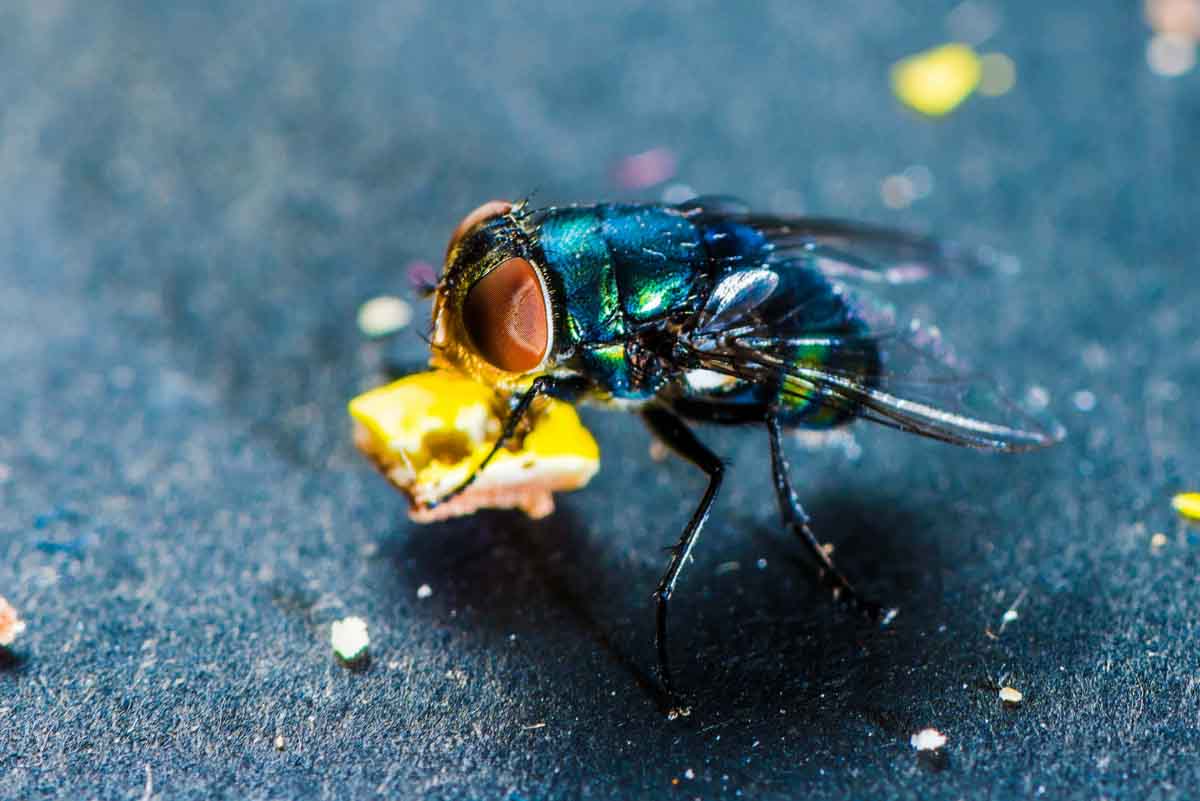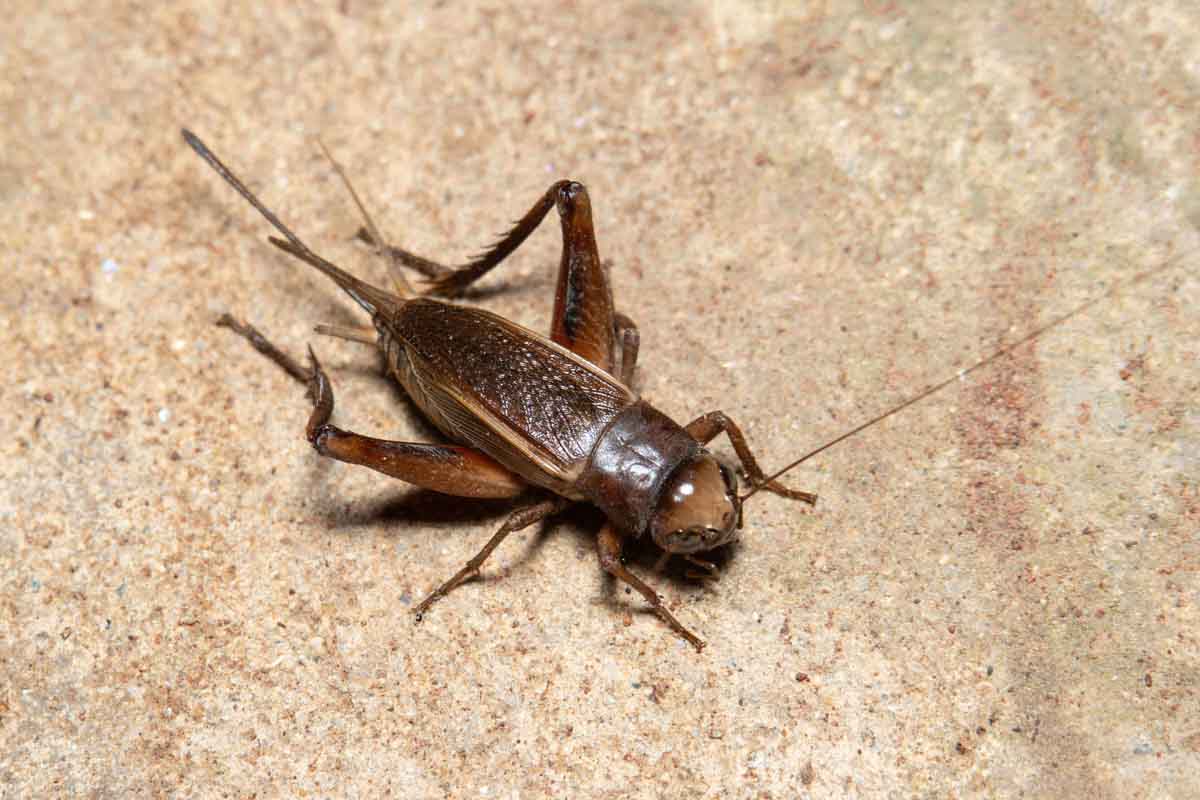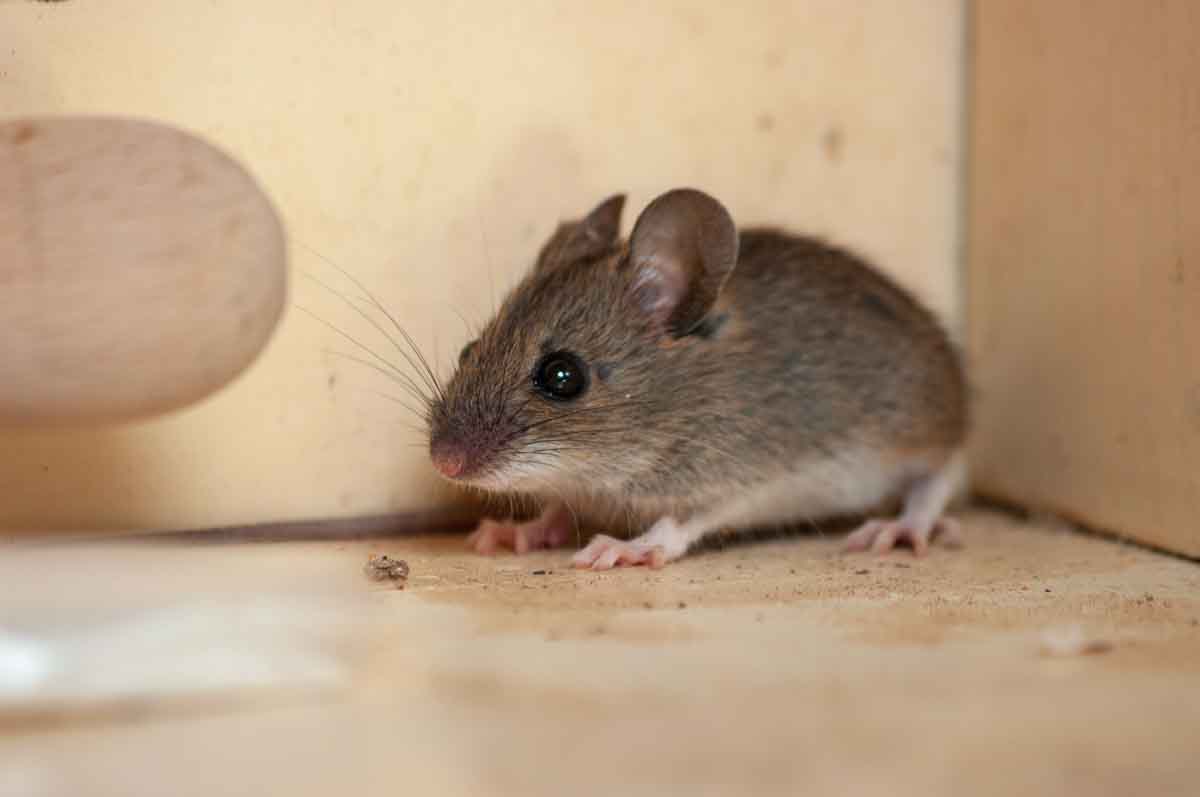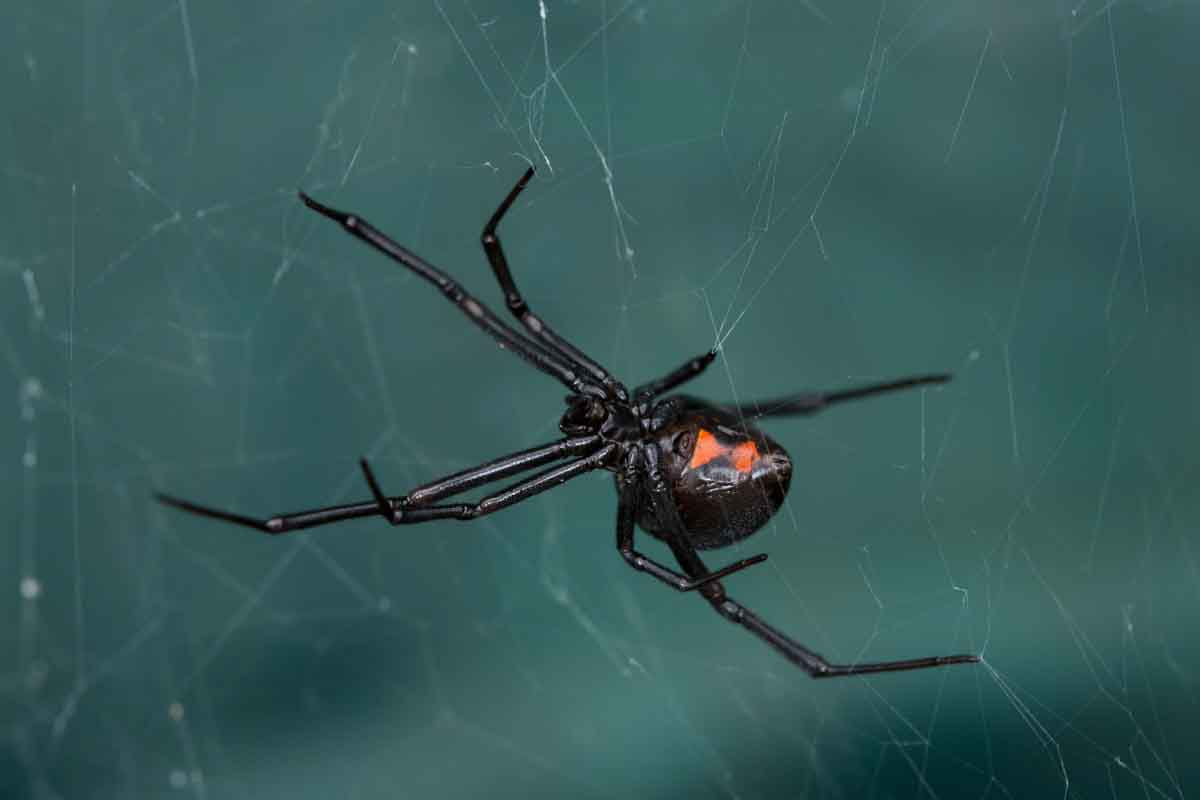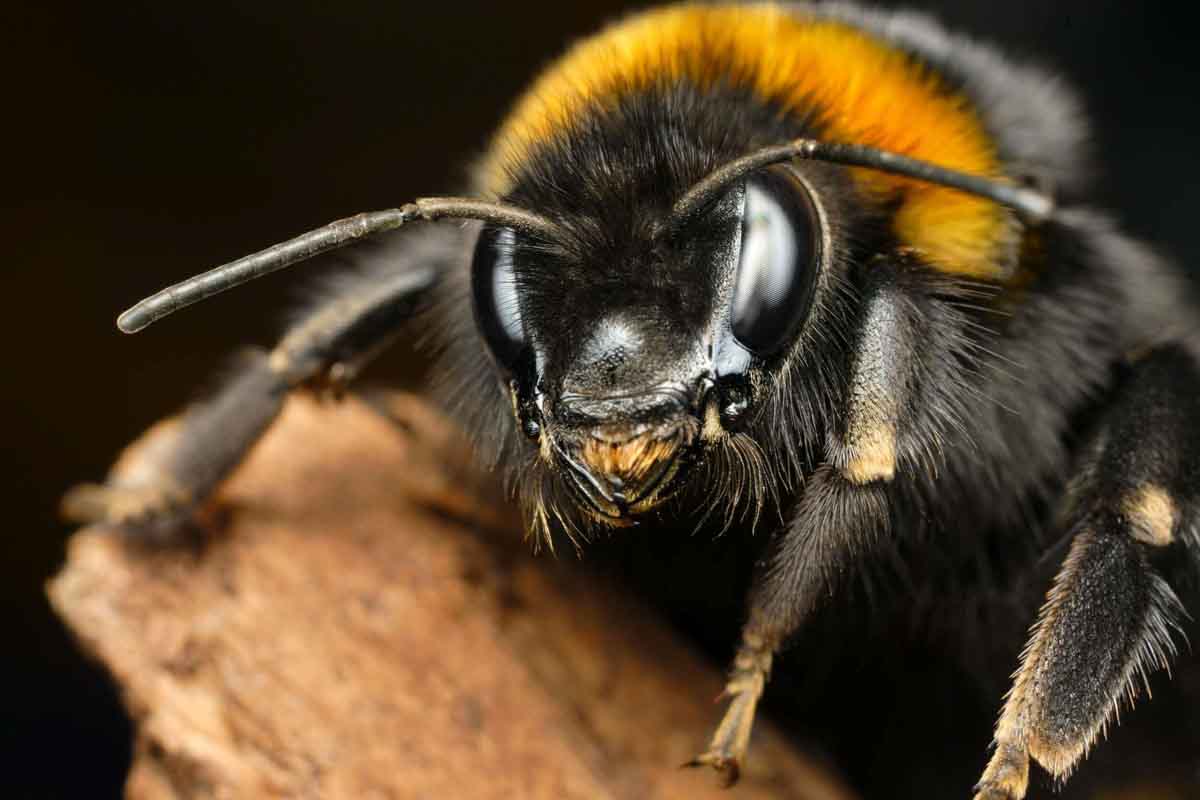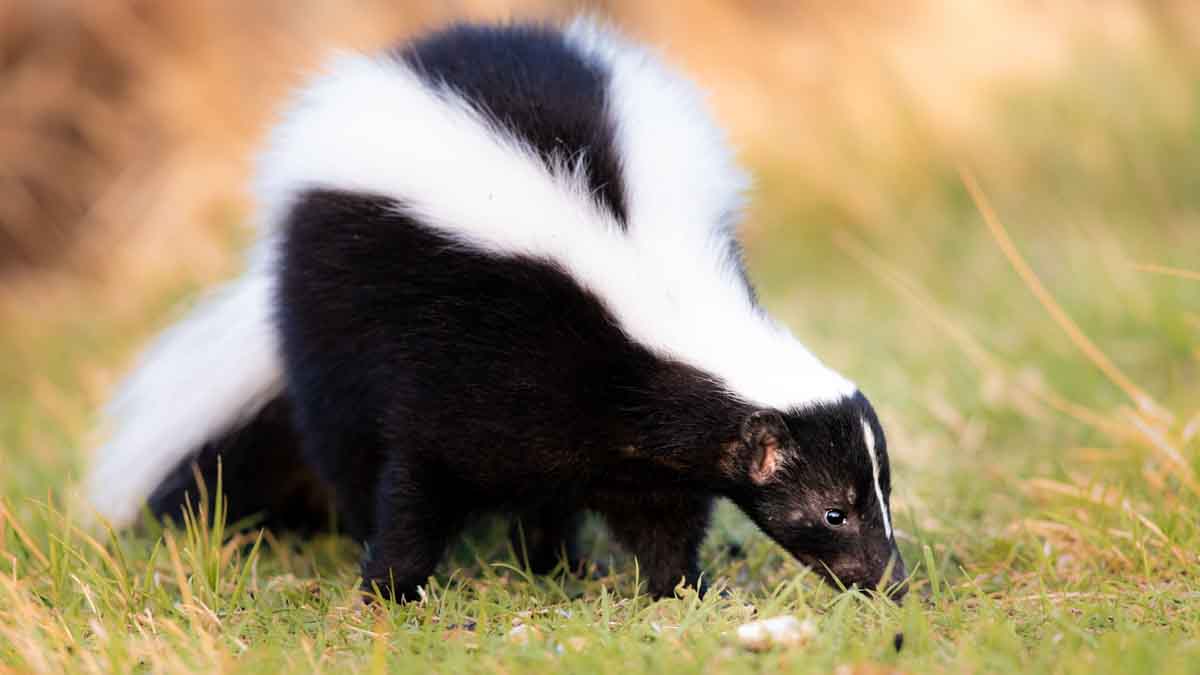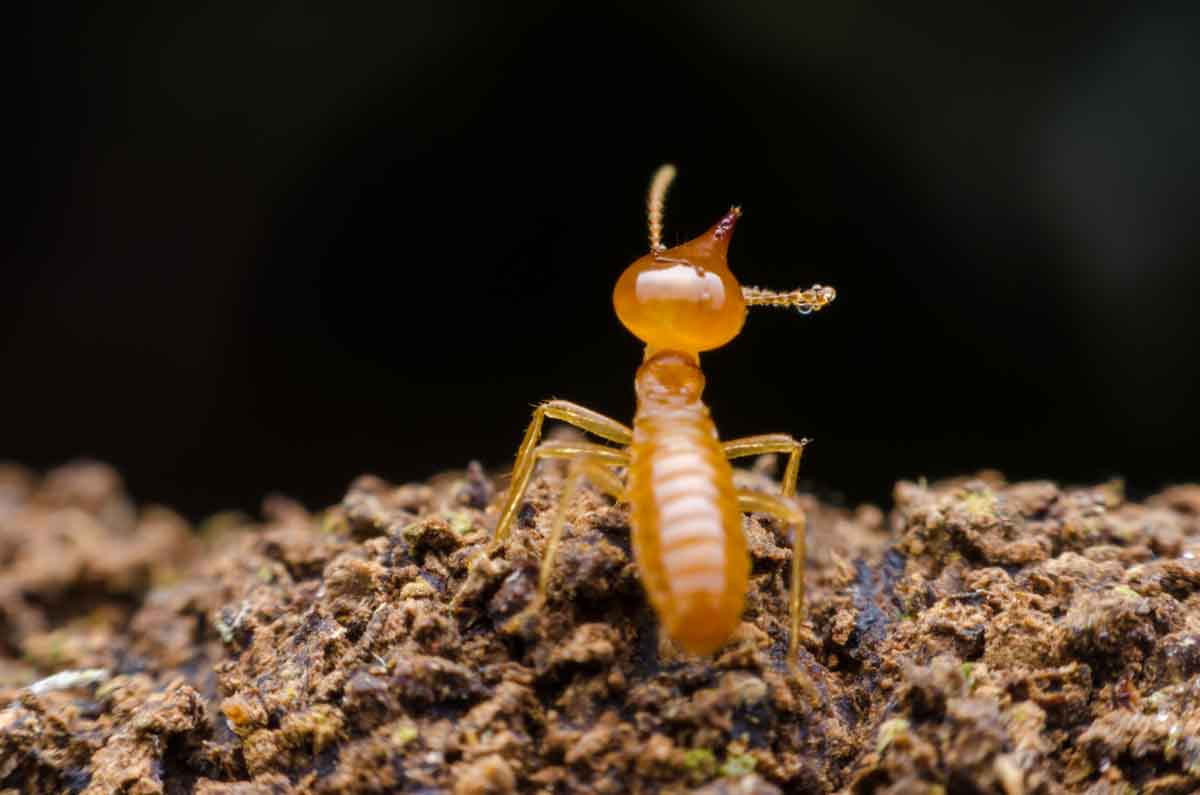Sawtooth Grain Beetle Identification and Control in Utah
Correct identification is an important first step in pest control.
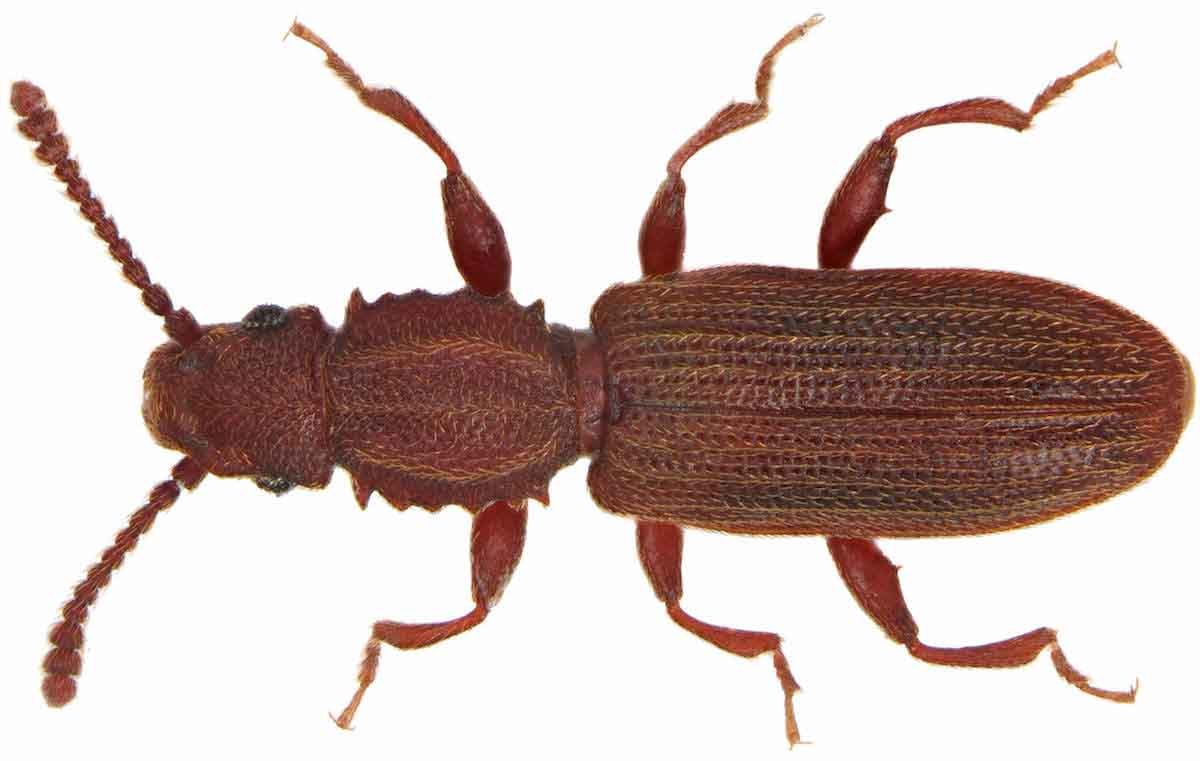
Sawtooth grain beetles are a small brown beetle measuring only 1/10 inch (2.5mm) in length. The edges of the thorax have 6 saw-like projections on each side.
Sawtooth grain beetles are a common pest indoors and attack cereal, dried fruits, breakfast cereals, sugar, chocolate, macaroni, flour, meal, bran, rolled oats, bird seed, and brown rice.
Need help controlling sawtooth grain beetles?
 Identify the pest with our Sawtooth Grain Beetle gallery
Identify the pest with our Sawtooth Grain Beetle gallery
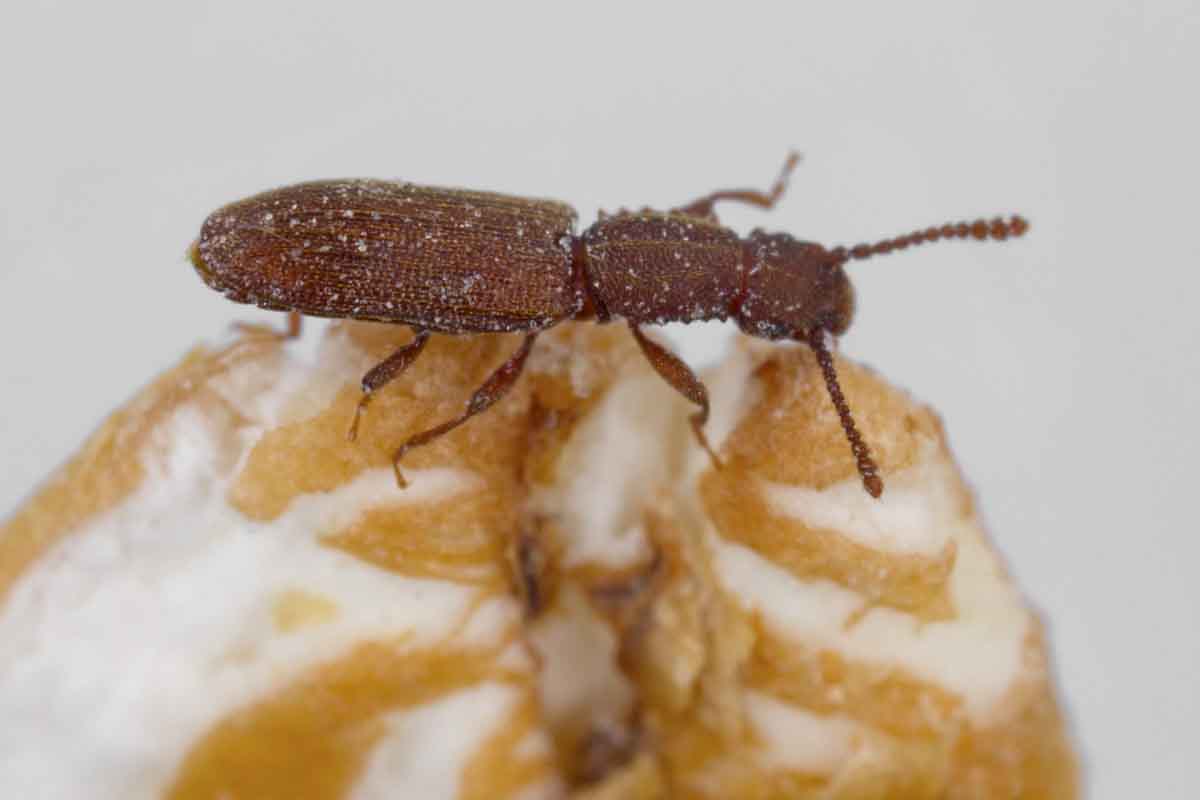
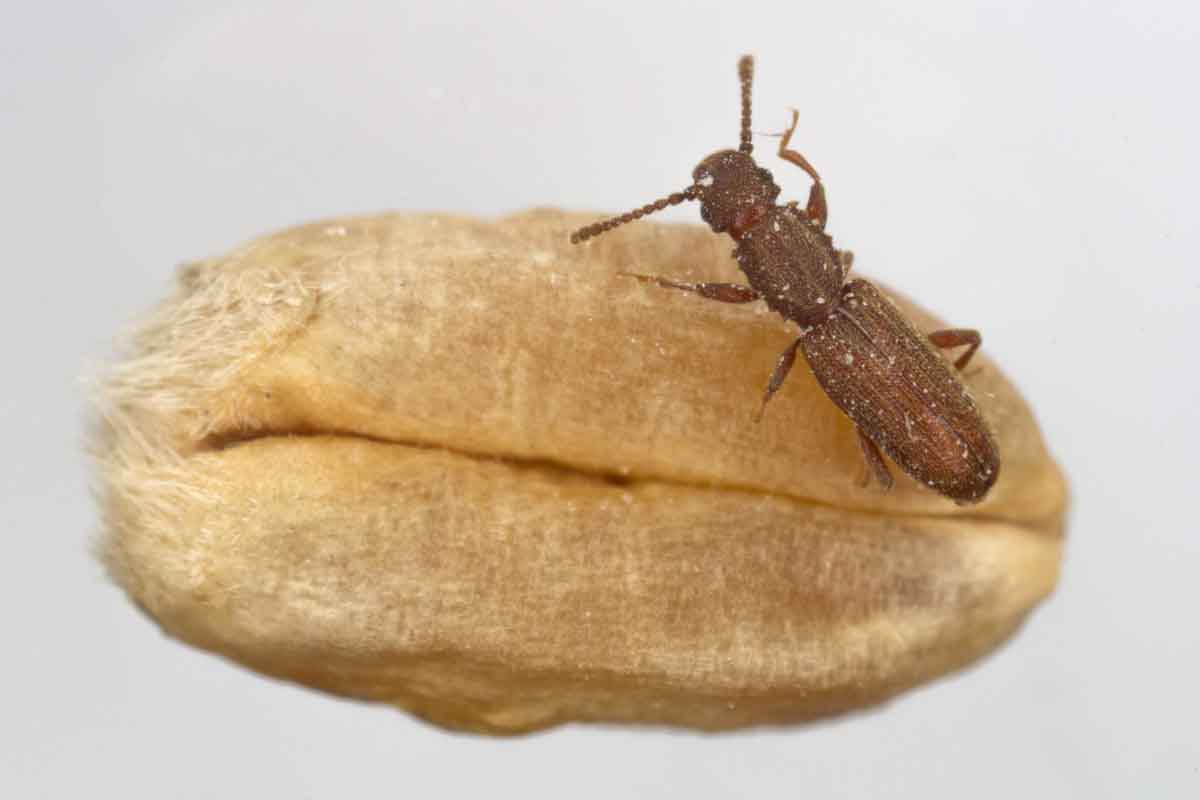
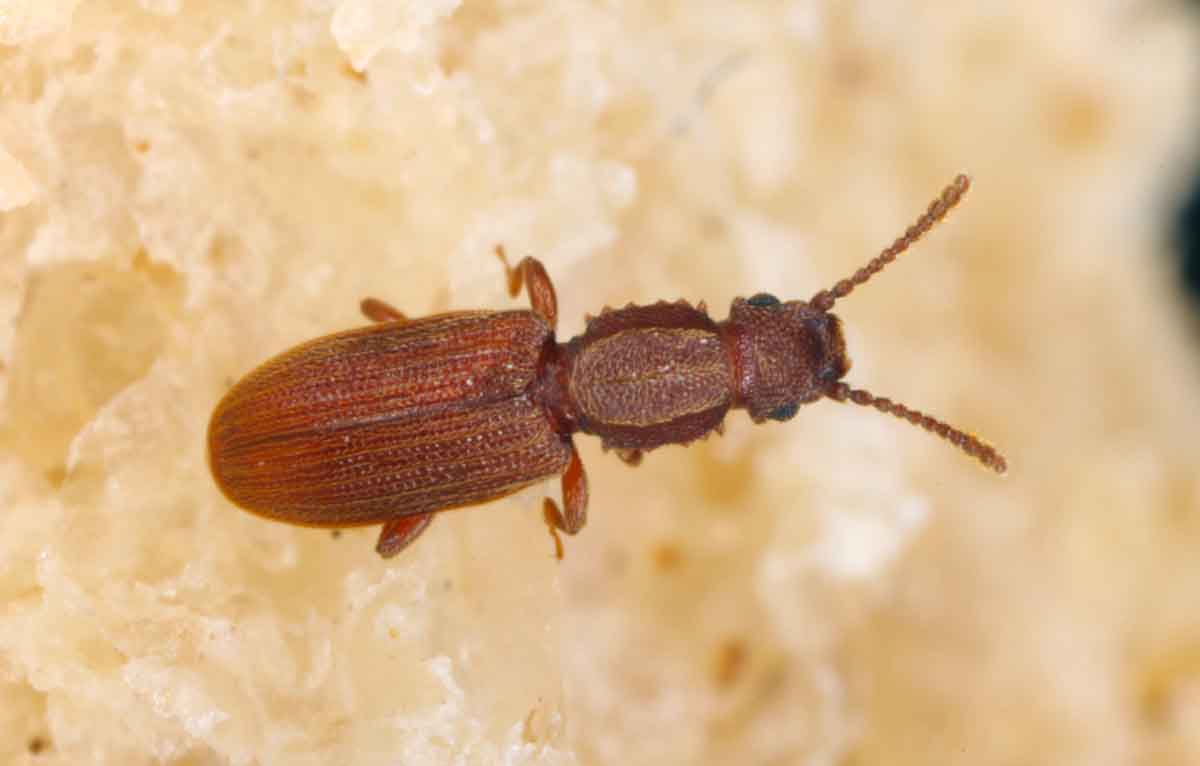
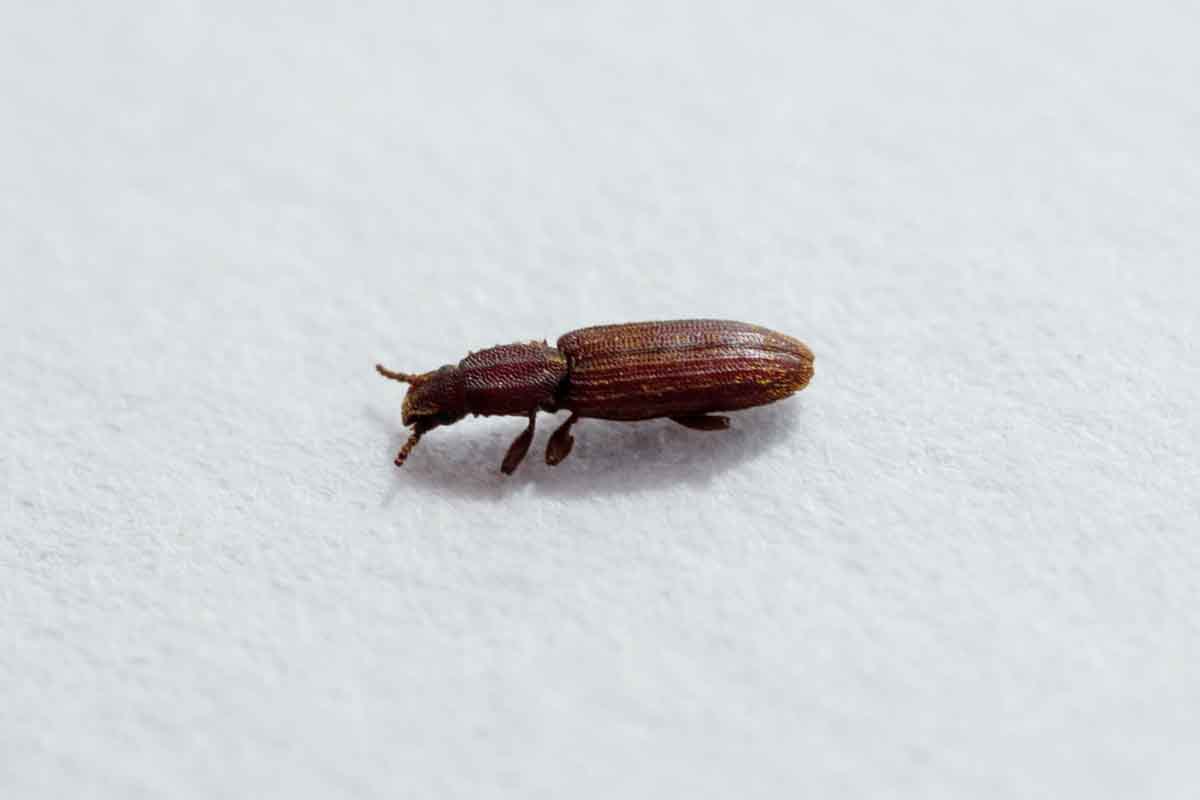
PREFERRED FOOD SOURCE
Any grain or processed grain product including oats; pet foods, seeds, dried fruits, rice grain meals, sugar, drugs, pasta, tobacco, and chocolate.
Name:
Plodia interpunctella
Diet:
Grains/grain products, cereals, dried fruits, seeds, nuts, powdered milk, biscuits, chocolate, candy, spices, dry pet food, bird seed, etc.
Light:
Yes, they are attracted to light
 Tips for keeping sawtooth grain beetles away
Tips for keeping sawtooth grain beetles away
How To Get Rid Of Sawtooth Grain Beetles

Find all infested food and discard.
Vacuum and clean up any spilled food and grain.
Remove food from the area and apply residual insecticides to cracks and crevices in the infested areas.
Where Do Sawtooth Grain Beetles Come From

One of the most common culprits in residential homes is birdseed. If you begin finding these beetles, try to locate any bags of birdseed and inspect them. Tens of thousand of beetles can come from a single large bag of birdseed.
Don’t let sawtooth grain beetles take over.
Thorn can help.
Fill out the form below to contact us so we can help eliminate sawtooth grain beetles fast.
Pest Science,
meet Know-How.

How thorn can help
Pests can be difficult to control, but that’s what we are here for. We create a strategic plan to gain control of your problem and make sure we get results.
Thorn's Approach
We take a scientific approach to pest control. We start with an inspection and assessment to help us identify the pest, locate where they are, and create a specific plan for your property. Every home and business is different and requires a unique strategy.
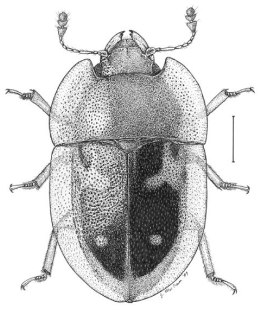
Driven by science.
Led by service.
Proper pest management starts with a detailed inspection and assessment from an expert pest professional before treatment. Thorn Pest Solutions uses a three-step process rooted in science to eliminate pests with long-term results.
Assess Situation
First, we identify the root problem(s) with a site assessment. Pests are almost always an indicator of an environmental condition. This will determine the best actions to provide short and your long-term results against pests.
Execute Action Plan
Next, we develop a plan to fix the problems we discovered. This includes solving current pest issues, eliminating conducive conditions, and monitoring for future pest activity. Good pest management starts with a good plan.
Track Success
Lastly, we implement the solutions we developed including inspection, monitoring, and preventing future pest infestations. Good pest control requires a good offense and not just defense. Prevention is key.
Let's get rid of those pests.
Call today:
 Other common Utah pests
Other common Utah pests
 Hear From Our Customers
Hear From Our Customers
